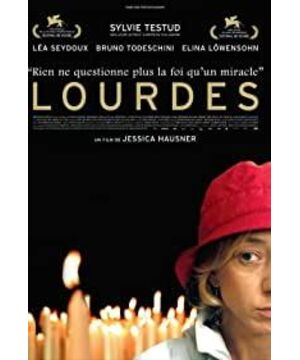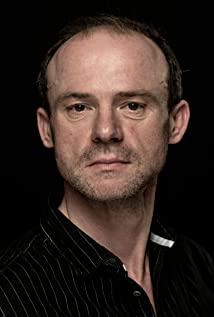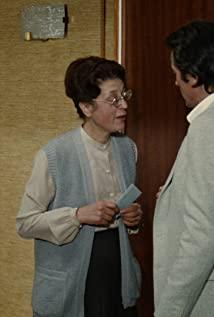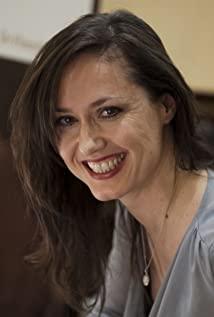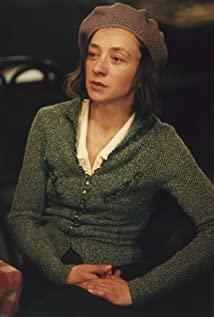Austrian female director Jessica Hausne has a limited number of works. Since her debut in 2001, only five feature films have been released. As a direct member of Cannes, he has been shortlisted for four times in the official unit. This year's "Little Joe" was shortlisted for the main competition for the first time, and won the Best Actress Award for the actress in the play. Her work is mixed in style, ranging from horror and thriller genres, to classical drama adaptations, and even futuristic sci-fi. However, her most well-known work by fans is "Miracles and Doubts", which was shortlisted at the Venice Film Festival that year. This religious work is also her best so far. Perhaps because of the social reality, many well-known Austrian directors (Michael Haneke, Ulrich Seidel) have the same author style: in a calm and peaceful atmosphere, there are hidden depression, absurdity and madness, and The mysterious dark side of human nature. Jessica Hausner's works are as good as, "The Wayward Angel" is about a devilish little girl, "Ghost Hotel" is about the changes of a waitress after witnessing a supernatural event, and "Crazy Love" is about nineteen. The mad love story of a poet of the century is brought to the screen. However, her style is often criticized, and the photography and atmosphere design make many viewers fall into the fog, leaving only a sense of surprise or weirdness. However, this kind of trickery is quite in line with the tone of the special theme of "Miracles and Doubts". Whether or not the miracle happened to the heroine, religious believers and atheist audiences can definitely have different interpretations and understandings. As a result, the target of the film’s criticism has been wandering. At first, it seems to be criticizing the impact of commercialization on religious holy sites. The Virgin Mary can be seen everywhere. The believers, but came for their own purposes; then they pointed the finger at religion and criticized the deception of people by theological ideas. The director's genius is that he does not give a clear point of view from beginning to end, and tells an intriguing story in a calm and indifferent tone. The fixed long shot at the beginning of the film, two large group photos are taken, and the design of lens movement and focal length change constantly highlights a sense of mystery that is spreading, as if God is controlling the fate of the heroine. This long-shot scheduling is similar to the last school-off scene in Haneke's Hidden Camera, however, this is by no means a meta-movie that explores the nature of the image. Hausina takes a dramatic approach to handling the miraculous appearance, allowing the audience to have more room to think about the sudden phenomenon.
Judging from the plot after the miracle is shown, the focus of the film gradually returns to the criticism of human nature. In the face of the sudden miracle, the heroine herself has a dubious attitude, and the different attitudes of the people around her are the most exciting part of the film. Her personal volunteer carer showed contempt and dissatisfaction because she competed with herself for a boyfriend. The pilgrims in the group felt that she was not religious enough and suspected that the Virgin Mary had chosen the wrong person, and the old woman who had been in obscurity around her and pushed the wheelchair was the most profound thing. Measurement. The dark expressions of human nature, such as cynicism, suspicion and jealousy, indifference, ulterior motives, etc., all come out one after another when miracles appear, and are most vividly shown in the final scene of the film. This open ending is a must, leaving the audience with a broad space for thinking: a dramatic miracle leads to all kinds of expressions, and the weakness of selfishness and profit-seeking in human nature is fully exposed, which is enough to make people think deeply.
View more about Lourdes reviews


